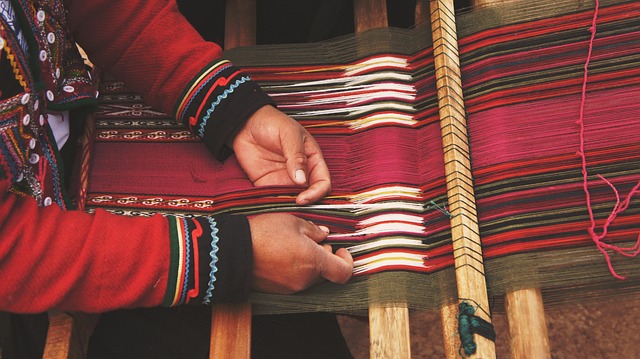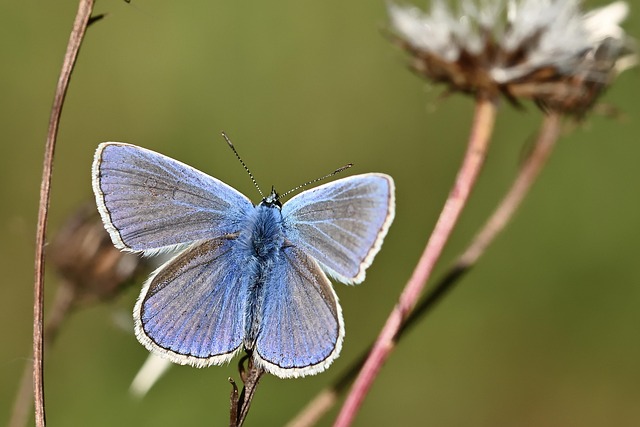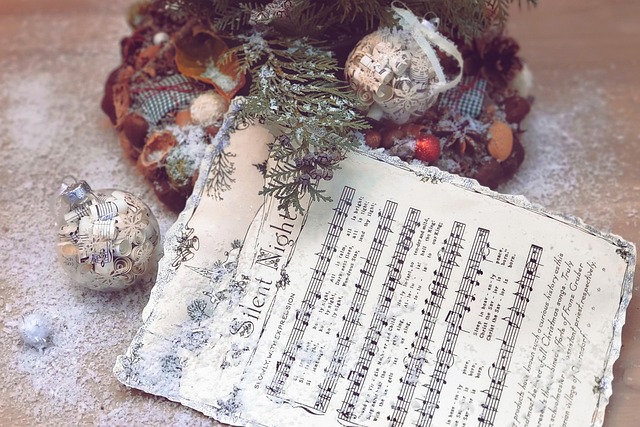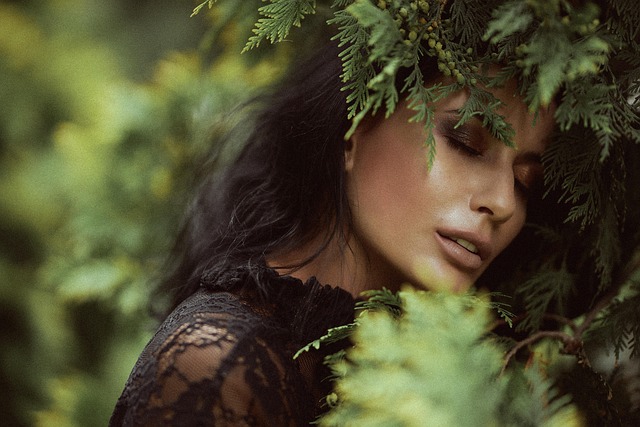In recent years, there has been a noticeable revival of interest in folk art, especially within the realm of modern music culture. As society becomes increasingly fast-paced and digital, many are yearning for a sense of authenticity and connection to their heritage, which folk art beautifully encapsulates. This resurgence is reflected in the way contemporary musicians are blending traditional folk elements with various musical genres, creating a rich tapestry of sound that resonates deeply with audiences.
Folk art embodies stories and experiences that have been passed down through generations. It speaks to our collective history, each note and lyric a testament to the people and communities who came before us. Today’s musicians are rediscovering these roots, drawing inspiration from the simple yet profound melodies and rhythms that have characterized folk music through the ages. This revival is not merely about revisiting old tunes; it’s about reshaping them, injecting new life into songs that echo timeless sentiments.
At parties and gatherings, folk-infused music brings people together like no other genre can. With its acoustic charm and heartwarming narratives, folk art in music creates a vibrant atmosphere filled with laughter, storytelling, and dance. It’s a genre that invites interaction, encouraging listeners to sing along and share their own tales. Whether it’s a cozy living room jam or a lively festival setting, folk music fosters an environment where connections are made, and friendships are founded.
Moreover, the blending of folk art with modern musical genres is creating a fascinating fusion that captivates both traditionalists and contemporary audiences. Artists like Fleet Foxes and Mumford & Sons have successfully infused folk elements into their sound, attracting a diverse fan base while remaining true to the roots of folk music. These groups embody the spirit of folk art, seamlessly weaving together the old and the new, proving that tradition can coexist harmoniously with innovation.
This renaissance is not limited to mainstream artists; independent musicians are also carving their niche in the folk scene, showcasing their creativity and individual stories. Platforms like Bandcamp and SoundCloud have democratized music distribution, allowing folk artists to share their unique voices on a global scale. This surge of independent talent highlights the diversity within folk art, as various styles emerge, from Appalachian bluegrass to Celtic reels, each reflecting distinct cultures and experiences.
As we immerse ourselves in this blooming folk art culture, we find ourselves drawn to the sincerity and emotion embedded in the music. It invites us to reflect on our roots and encourages us to preserve the stories that shape our identities. The rising popularity of folk music at festivals, community events, and even mainstream venues emphasizes a collective desire to reconnect with cultural heritage while celebrating the creatively vibrant world we live in today.
Ultimately, the resurgence of folk art in modern music culture serves as a reminder of the power of storytelling through song. It transcends generations, building bridges between the past and present, and allowing us to explore our shared humanity. Whether you’re tapping your feet at a party, singing along at a concert, or listening to folk-infused melodies in your living room, the essence of folk art remains a vital part of our musical landscape, inviting everyone to join in the celebration of life through music.




